Mastering the Art of Espresso Brewing: From Ristretto to Lungo to Long Shot
Espresso brewing is an art form that requires precision, technique, and a deep understanding of the ingredients and equipment involved. Whether you're a coffee aficionado or a casual drinker, understanding the different types of espresso drinks and how they are brewed can help you appreciate the subtle nuances of flavor and aroma that make espresso so unique.
In this post, we'll take a deep dive into the art of espresso brewing, exploring the different types of espresso drinks, how they are brewed, and what makes them special. From the short and sweet ristretto to the long and smooth lungo, and the bold and brave long shot, each espresso drink has its own character and flavor profile.
We'll also explore the equipment and techniques needed to brew the perfect espresso shot, and provide tips and tricks for making your own delicious espresso drinks at home. So whether you're a seasoned barista or a curious coffee lover, come with us on a journey through the world of espresso brewing, and discover the art and science behind this beloved coffee drink.

Please feel free to use this graphic however if you do, please link back to www.cliffandpebble.com
Different Type of Espresso Drinks and How They're Brewed
Espresso
Espresso is a concentrated shot of coffee that's brewed using finely ground coffee beans, hot water, and high pressure. It's typically served in small cups and has a rich, bold flavor.
Ristretto
A ristretto shot is similar to an espresso shot, but it's brewed with less water, resulting in a smaller, more concentrated shot. Ristretto shots are known for their sweetness and intensity.
Lungo
A lungo shot is the opposite of a ristretto shot - it's brewed with more water than an espresso shot, resulting in a larger, milder shot. Lungo shots are known for their smoothness and lightness.
Long Shot
A long shot is a variation of an espresso shot that's brewed with more water than usual, resulting in a larger, milder shot that's similar to a lungo. However, long shots are often brewed with a finer grind size than lungo shots, which can result in a more complex and flavorful shot.
Each of these espresso drinks has a unique flavor profile and brewing method, and understanding the differences between them can help you appreciate the nuances of espresso and craft your own delicious drinks. In the following sections of this blog post, we'll explore each type of espresso drink in more detail, including their history, flavor profile, and brewing techniques.
Related Article: Battle of the Brewing Methods: French Press vs. Moka Pot
Understanding Espresso: The Basics

Espresso is a concentrated coffee drink that's brewed by forcing hot water through finely ground coffee beans at high pressure. It's typically served in small cups and has a rich, bold flavor and a layer of crema, which is a foamy emulsion that forms on top of the espresso shot.
Espresso differs from other coffee brewing methods in several ways. Here are some key differences:
-
Brewing time: Espresso shots are brewed quickly, typically in 25-30 seconds, whereas other brewing methods such as drip coffee or French press can take several minutes.
-
Pressure: Espresso is brewed using high pressure, which compresses the coffee grounds and extracts a concentrated flavor from them. Other brewing methods do not use pressure.
-
Grind size: Espresso requires a fine grind size in order to produce the necessary pressure and extraction during brewing. Other brewing methods may use a coarser grind size.
-
Water temperature: Espresso is brewed using water that's heated to a specific temperature range, typically between 195°F and 205°F (90°C-96°C). Other brewing methods may use water at different temperatures.
-
Serving size: Espresso shots are typically served in small cups, usually containing 1 to 2 ounces (30 to 60 ml) of coffee, whereas other brewing methods may produce larger servings.
Overall, espresso is a unique and complex coffee brewing method that requires specialized equipment and techniques. Its concentrated flavor and crema layer set it apart from other coffee drinks, making it a beloved and distinctive beverage enjoyed by coffee lovers all over the world.
Related Article: Espresso 101: The Importance of Pressure
Key Elements to Brewing Espresso
Grind size
The grind size of the coffee beans used for espresso is crucial for achieving the right extraction during brewing. The coffee beans must be ground finely, to a size that's slightly smaller than granulated sugar. If the grind size is too coarse, the water will pass through the coffee too quickly and the resulting espresso shot will be weak and watery. If the grind size is too fine, the water will be unable to pass through the coffee and the shot will be over-extracted and bitter.
Water Temperature
The temperature of the water used for brewing espresso is also crucial. The ideal temperature range is typically between 195°F and 205°F (90°C-96°C). If the water is too hot, it can scorch the coffee and produce a burnt, bitter taste. If the water is too cold, it won't extract enough flavor from the coffee beans, resulting in a weak and sour shot.
Pressure
Espresso is brewed using high pressure, typically around 9 bars, which compresses the coffee grounds and extracts a concentrated flavor from them. The pressure is generated by the espresso machine's pump, which forces hot water through the coffee grounds and out the other side. The high pressure helps to emulsify the oils in the coffee and produce a thick, foamy layer of crema on top of the shot.
Dose and Distribution
The amount of coffee used for a single shot of espresso is typically around 7 grams, although this can vary depending on the type of machine and the coffee being used. The coffee is distributed evenly in the portafilter and then tamped down with a tamper to ensure that the water flows evenly through the coffee bed during extraction.
By carefully controlling these key elements of espresso brewing, baristas and coffee enthusiasts can create a balanced and flavorful espresso shot with a thick crema and complex flavor profile.
The Lungo - It's History and How It's Prepared

Lungo is an Italian term that means "long," and it refers to a coffee beverage that's made by extracting more water through the coffee grounds than a traditional espresso shot. The result is a larger, milder shot that's served in a larger cup than an espresso.
The history of the lungo shot is somewhat unclear, but it's believed to have originated in Italy, where it was created as a way to serve a larger cup of coffee while still retaining some of the intensity and richness of a traditional espresso shot.
To prepare a lungo shot, the same basic process used for traditional espresso is followed, but more water is passed through the coffee grounds to produce a larger shot. The standard recipe for a lungo shot is to use the same amount of coffee as for a traditional espresso shot (around 7 grams), but to extract it with about twice the amount of water (around 60 ml or 2 ounces).
The increased volume of water means that the extraction time for a lungo shot is longer than for a traditional espresso shot, usually around 45-60 seconds. This longer extraction time results in a milder and less concentrated coffee flavor than espresso, with less crema and a lighter body.
Some baristas and coffee enthusiasts prefer lungo shots for their smooth and less intense flavor profile, while others believe that the longer extraction time can lead to over-extraction and a sour taste. Like all espresso drinks, the key to a great lungo shot is in balancing the grind size, water temperature, and extraction time to achieve the desired flavor profile.
What does a Lungo taste like?
Lungo shots have a different flavor profile compared to ristretto shots and traditional espresso due to the longer extraction time and increased volume of water used during the brewing process. Here are some key flavor differences:
-
Strength: Lungo shots are less strong than traditional espresso shots because they are brewed with more water. This means that the coffee flavor is more mild and less concentrated than traditional espresso.
-
Bitterness: Because of the longer extraction time, lungo shots can sometimes be slightly bitter. However, this can be mitigated by using high-quality coffee beans and carefully controlling the extraction process.
-
Acidity: Lungo shots can have a higher acidity level compared to traditional espresso. This can be a desirable characteristic for some coffee drinkers, but it can also result in a sour or unpleasant taste if the extraction is not properly controlled.
-
Aroma: Lungo shots have a milder aroma than traditional espresso shots. This is because the increased volume of water dilutes the concentration of coffee oils, which are responsible for the aroma of espresso.
Compared to ristretto shots, lungo shots have a more mild flavor profile, but are still stronger and more concentrated than drip coffee or other brewing methods. The longer extraction time of lungo shots can also extract more bitterness and acidity than ristretto shots. Ultimately, the flavor profile of a lungo shot depends on the type of coffee beans used, the brewing equipment, and the skill of the barista in controlling the brewing parameters.
Long Shot: The Bold and Brave Espresso
Long shot espresso, also known as a "lungo stretto," is a variation of traditional espresso that's brewed with more water than usual. While the origins of long shot espresso are not entirely clear, it's thought to have originated in Italy, the birthplace of espresso, where it was likely created as a way to satisfy customers who wanted a larger, milder espresso shot.
In contrast to traditional espresso, which is brewed using a small amount of water that's forced through a compacted puck of finely ground coffee under high pressure, long shot espresso is brewed with more water and a longer extraction time. This results in a larger, milder shot with less concentration and less crema, the foamy layer that forms on top of traditional espresso shots.
Long shot espresso can be made with the same equipment as traditional espresso, including an espresso machine and a portafilter. However, because more water is used in the brewing process, long shot espresso often requires a coarser grind size to prevent over-extraction and achieve a balanced flavor profile.
While some purists may argue that long shot espresso is not "true" espresso, it has gained popularity in recent years as a way to explore different flavor profiles and brewing techniques. By brewing a long shot espresso, you can create a milder, less intense coffee drink that still retains the complex flavors and aromas of traditional espresso.
Related Article: Ristretto vs. Long Shot: Which one packs more caffeine?
The Art of Espresso Brewing

Creating create espresso is certainly a more tedious and time consuming process that most other brewing methods. Here's an overview of the equipment needed to make espresso shots:
Necessary Equipment
-
Espresso Machine: An espresso machine is the most important piece of equipment for making espresso shots. Espresso machines are designed to create the high pressure required to extract coffee from finely ground coffee beans. There are various types of espresso machines available, including manual lever machines, semi-automatic machines, and fully automatic machines. Each type of machine has its own features and advantages, but all are designed to create the pressure needed to produce a good espresso shot.
-
Grinder: A high-quality grinder is essential for making good espresso. The grinder should be able to grind the coffee beans to a consistent, fine size that's suitable for espresso brewing. A burr grinder is typically the best choice for grinding coffee beans for espresso, as it produces a more consistent grind size than a blade grinder.
-
Tamper: After the coffee grounds are placed into the portafilter, they need to be tamped down to create an even surface for the water to pass through during brewing. A tamper is a tool used to compress the coffee grounds evenly into the portafilter. The tamper should be the right size for the portafilter and should be used with enough pressure to ensure that the coffee grounds are evenly compressed.
-
Portafilter: The portafilter is the basket-like device that holds the coffee grounds and fits into the group head of the espresso machine. It's important to choose a high-quality portafilter that fits snugly into the group head to ensure that the water flows evenly through the coffee bed during extraction.
-
Scale: A scale is not strictly necessary, but it can be helpful for measuring the amount of coffee used for each shot and ensuring consistency in brewing. It can also be helpful in measuring the amount of water used for brewing a lungo shot, which requires more water than traditional espresso.
Shop All Our Espresso Machines >
Shop All Our Coffee Grinders >
By using high-quality equipment and taking care to maintain and clean it properly, baristas and coffee enthusiasts can create delicious and consistent espresso shots with a rich crema and complex flavor profile.
Related Article: Do I need a dual boiler espresso machine?
Techniques Used For Extraction Great Espresso
Here's an overview of the different techniques for dosing, tamping, and extracting espresso shots and how they can affect the flavor and quality of the final product:
-
Dosing: Dosing refers to the amount of coffee used for a single shot of espresso. The standard dose for a single shot is around 7 grams, but this can vary depending on the type of coffee being used and the preferences of the barista. It's important to measure the coffee carefully and use the same amount for each shot to ensure consistency in brewing.
-
Tamping: Tamping is the process of compressing the coffee grounds into a compact puck in the portafilter. The purpose of tamping is to create an even surface for the water to pass through during extraction. The coffee grounds should be tamped with firm pressure, using a tamper that's the right size for the portafilter. If the coffee is under-tamped, the water will pass through too quickly and the shot will be weak and watery. If the coffee is over-tamped, the water will be unable to pass through the coffee and the shot will be over-extracted and bitter.
-
Extraction: Extraction is the process of brewing the coffee by passing hot water through the compacted puck of coffee grounds. The ideal extraction time for espresso is typically around 25-30 seconds, although this can vary depending on the type of coffee being used and the brewing equipment. During extraction, the water should flow evenly through the coffee bed to extract a balanced flavor profile. If the extraction time is too short, the shot will be weak and sour. If the extraction time is too long, the shot will be over-extracted and bitter.
Each of these techniques can affect the flavor and quality of the final product. For example, using too much or too little coffee for a shot can result in an imbalanced flavor profile. Tamping the coffee grounds unevenly can cause the water to flow through the coffee bed unevenly, resulting in an inconsistent shot. Extracting the shot for too long or too short a time can result in over-extraction or under-extraction, which can affect the overall taste of the shot. By carefully controlling these variables and experimenting with different brewing techniques, baristas and coffee enthusiasts can create delicious and consistent espresso shots with a rich crema and complex flavor profile.
Tips for Creating the Perfect Shots of Espresso
-
Use fresh, high-quality coffee beans: Start with freshly roasted coffee beans that are of high quality. Old or stale beans can produce a less flavorful and less aromatic espresso shot.
-
Grind the beans fresh: Grind the coffee beans fresh just before brewing. A burr grinder is ideal for producing a consistent, fine grind size that's suitable for espresso.
-
Dose the coffee carefully: Measure the coffee carefully and use the same amount for each shot to ensure consistency in brewing. The standard dose for a single shot is around 7 grams.
-
Tamp the coffee evenly: Use a tamper that's the right size for the portafilter and tamp the coffee evenly with firm pressure to create an even surface for the water to pass through during extraction.
-
Use the right water temperature: The ideal temperature range for brewing espresso is between 195°F and 205°F (90°C-96°C). Use a thermometer to measure the water temperature and adjust as needed.
-
Control the extraction time: The ideal extraction time for espresso is typically around 25-30 seconds. Experiment with different extraction times to find the optimal time for the coffee beans you're using.
-
Clean and maintain the equipment: Regularly clean and maintain the espresso machine, grinder, and other equipment to ensure that they are functioning properly and producing consistent shots.
-
Practice and experiment: Making great espresso takes practice and experimentation. Experiment with different coffee beans, grind sizes, water temperatures, and extraction times to find the perfect balance for your taste preferences.
Related Article: Single Origin vs. Blends: The Debate of the Best Espresso Beans
Often Overlooked Factors - Fresh Beans and High-Quality Water

Using fresh beans and water is essential for producing high-quality espresso. Here's why:
-
Fresh Beans: Coffee beans start to lose their flavor and aroma as soon as they are roasted, and the degradation process is accelerated when the beans are exposed to air, light, and heat. Using fresh beans that are recently roasted helps to ensure that the coffee retains its full flavor and aroma. Beans that are too old or stale will produce a less flavorful and less aromatic espresso shot.
-
Fresh Water: The quality of the water used for brewing espresso can also affect the taste of the final product. Water that's too hard or too soft can produce a poor-tasting shot. It's important to use fresh, clean water that's been filtered or treated to remove any impurities that could affect the taste of the coffee.
Milk and other ingredients can also play a role in espresso drinks. Here are some common additions to espresso drinks and their effects on the final product:
-
Milk: Adding milk to espresso can create a range of different drinks, including lattes, cappuccinos, and macchiatos. The milk adds a creamy texture and sweetness to the espresso, and can help to balance out the bitterness of the coffee. The temperature and texture of the milk can also be adjusted to create different flavor profiles.
-
Sugar: Adding sugar to espresso can sweeten the coffee and help to balance out any bitterness. However, adding too much sugar can mask the flavor of the coffee and make it difficult to appreciate the nuances of the espresso.
-
Flavored syrups: Flavored syrups can be added to espresso to create a range of different flavors, from caramel to vanilla to hazelnut. While these additions can enhance the taste of the coffee and create unique flavor combinations, they can also overpower the flavor of the espresso if used in excess.
Related Article: Which Milk is Best for Frothing and Steaming?
Overall, the freshness of the beans and water are the most important factors in producing high-quality espresso. Milk and other ingredients can be used to enhance the flavor of the coffee and create a range of different drinks, but they should be used judiciously to ensure that the flavor of the espresso is not overwhelmed.
In Conclusion
Understanding the art of espresso brewing is crucial for producing high-quality espresso shots with a rich crema and complex flavor profile. We've explored the different types of espresso drinks, the origins and differences of long shot espresso, and the importance of equipment and brewing techniques such as dosing, tamping, and extraction.
To create the perfect espresso shot, it's important to use fresh, high-quality coffee beans, grind the beans fresh, dose the coffee carefully, tamp the coffee evenly, use the right water temperature, and control the extraction time. Milk and other ingredients can be used to enhance the flavor of the coffee and create a range of different drinks, but they should be used judiciously to ensure that the flavor of the espresso is not overwhelmed.
We encourage readers to experiment with different espresso drinks and to try making their own espresso shots at home. With practice and experimentation, anyone can become a skilled barista and produce delicious and consistent espresso shots that rival those of their favorite coffee shops.
So, don't be afraid to get creative and try new things when it comes to brewing espresso. With the right equipment, techniques, and ingredients, the possibilities are endless!




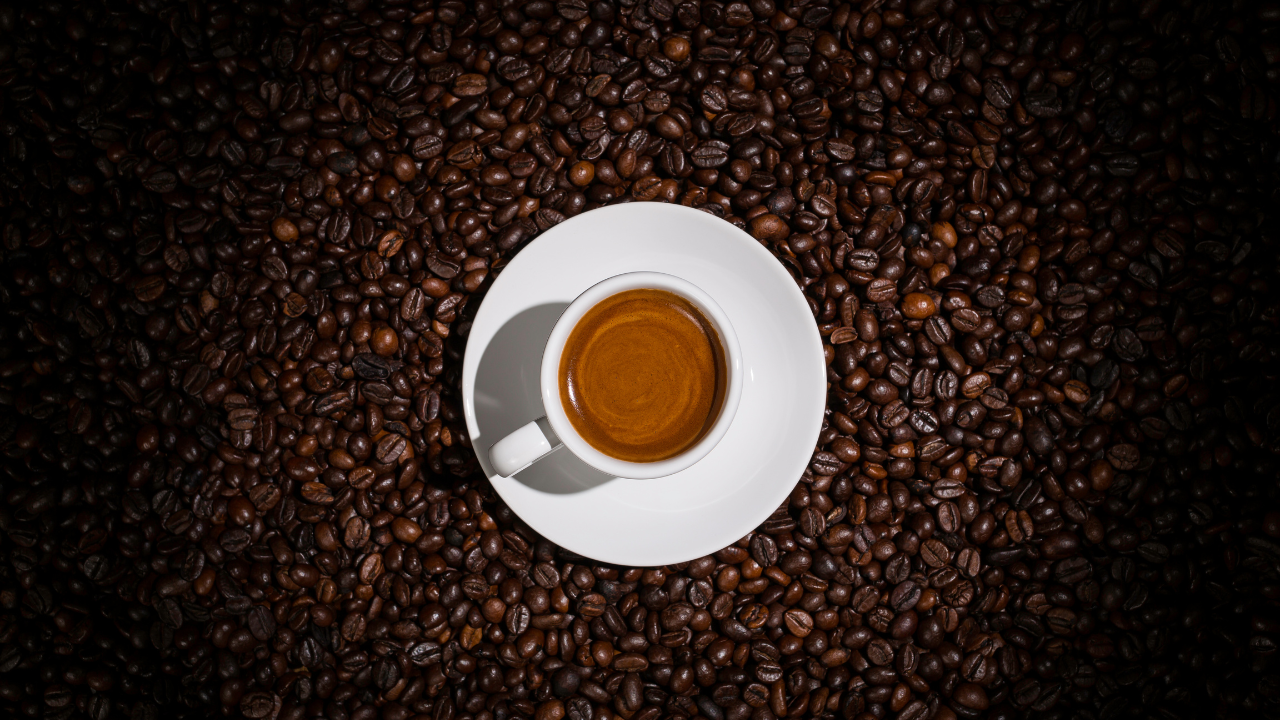
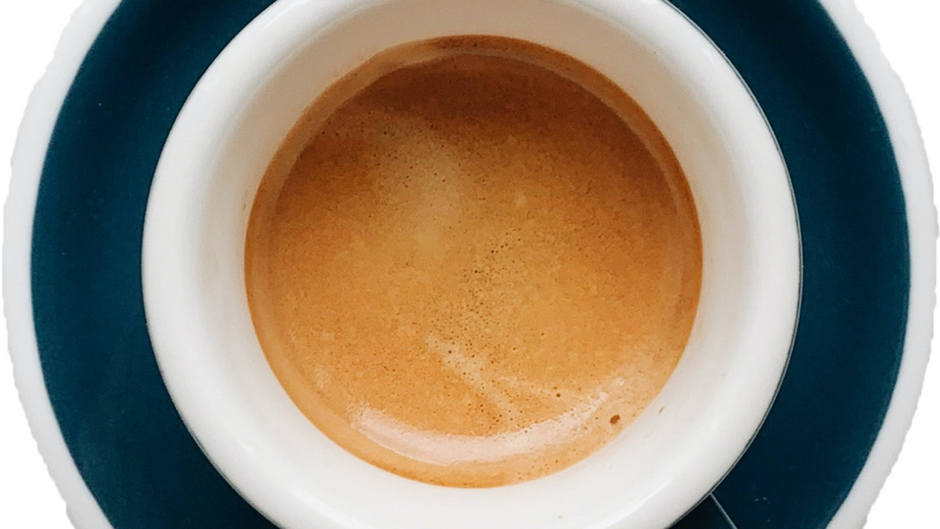
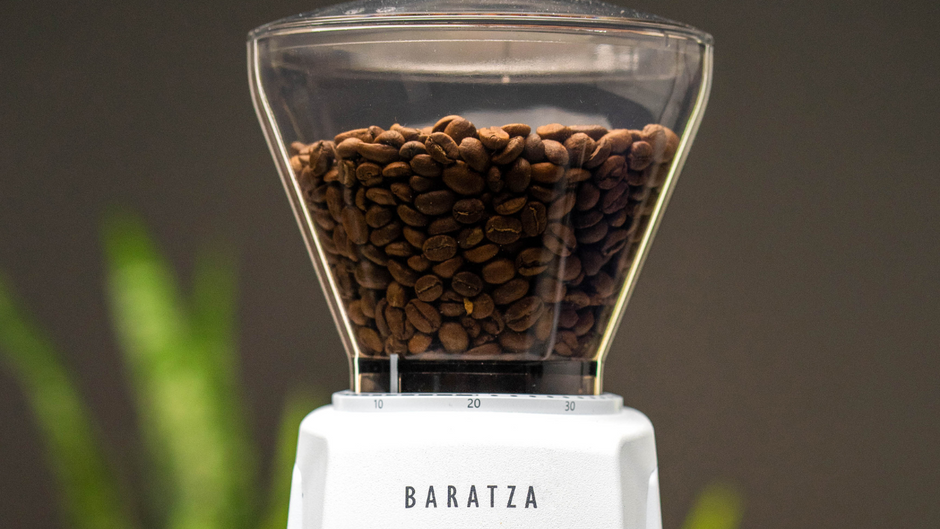
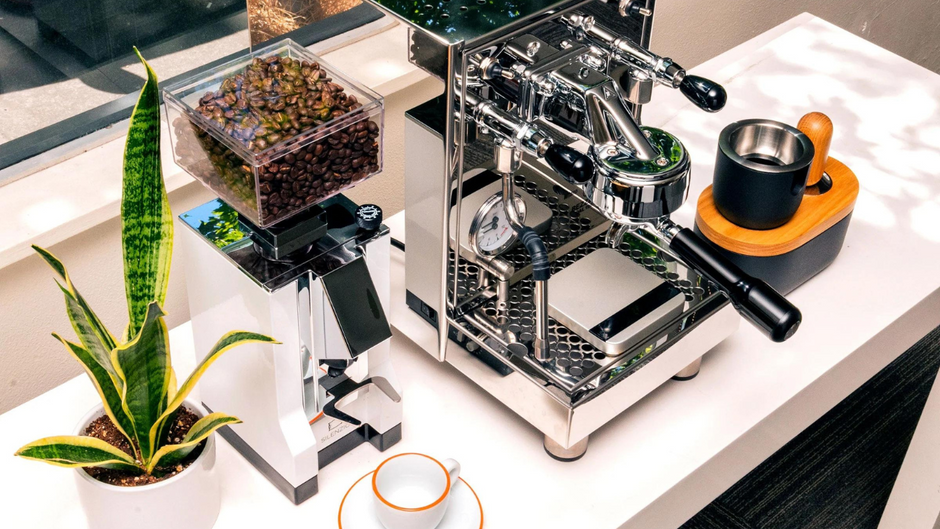
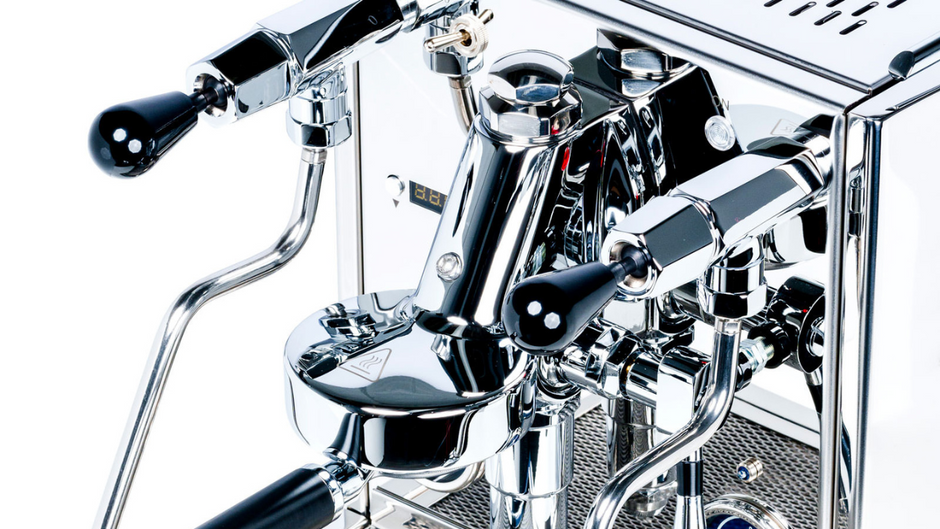

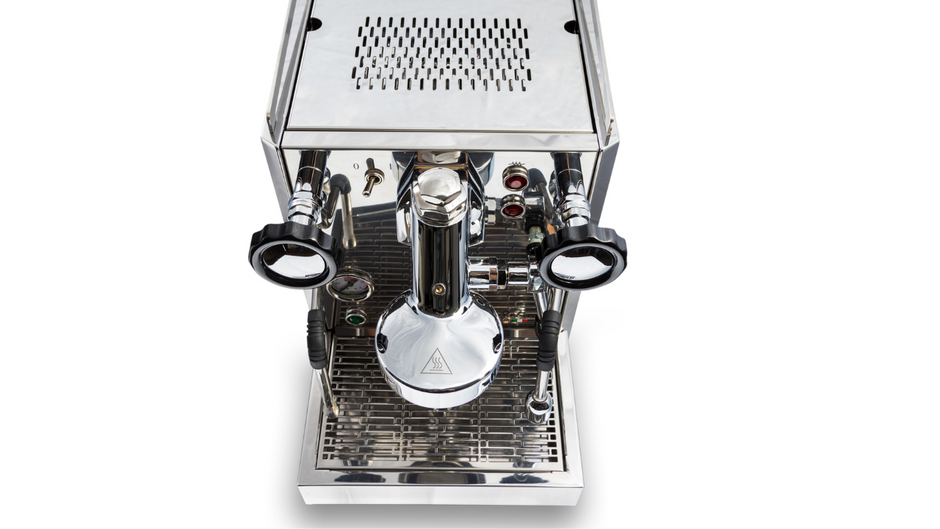
: invalid url input -->)